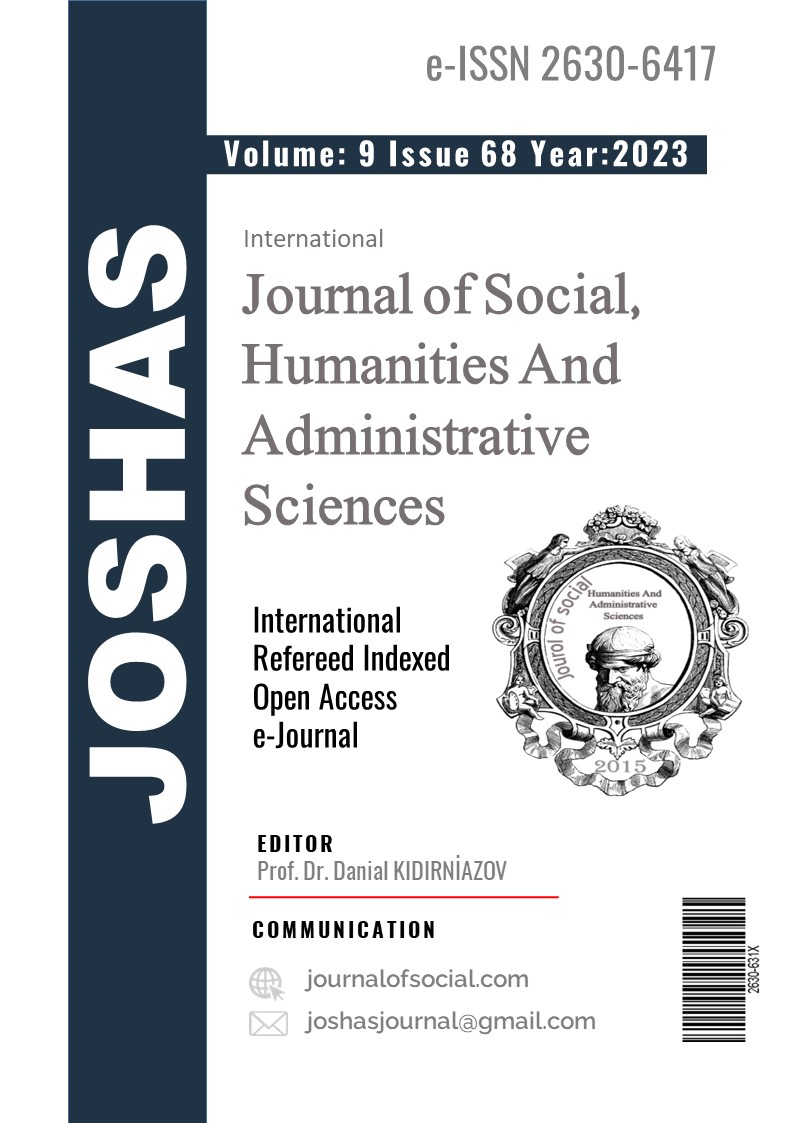Author :
Abstract
"Atık" kavramı çok boyutlu bir alana sahiptir. Bu kavram, sadece fiziksel atıklardan ibaret değildir, aynı zamanda zihinsel ve duygusal atıkları da içermektedir. Bu tür atıklar; zamanla bellekte biriken ve yer eden, atılamayan, dönüştürülemeyen veya yok edilemeyen anı, duygu ve his durumlarını ifade etmektedir. Bu atıkların hatırlatıcıları ise geçmişten gelen, aile yadigarı ya da çocukluk döneminden beri kişinin kendisiyle büyüyen özel nesneler olabilmektedir. Bu atıklar, yıllar sonra kişide bıraktığı derin izler fark edildiğinde ise atığa dönüşürler ve buna da "bellek atıkları" adı verilmektedir.
Çalışma kapsamında atıklar, fiziksel ve kavramsal olarak ele alınmıştır. İşlevini tamamlamış atık durumundaki nesneler veya geçmişten gelen aile mirası nesneler, “bellek atıkları” kavramı adı altında kurgulanarak camın özgün yapısıyla birleştirilmiştir. Cam eserlerin şekillenmesinde ise ele alınan atığın, bellekteki izlerini yansıtan bir teknik seçimi yapılmış̧ ve cam modeller, camın içinde negatif boşlukların oluşturulduğu “İç Kalıp (Core Casting)” tekniği ile şekillendirilmiştir. Camın transparan özelliği sayesinde bu kurgular, bir taraftan konumlandırıldıkları camın içinde görünürken diğer taraftan da etrafına sınırlar koyan gizemli bir duruş sergilemektedirler.
Çalışmanın ana teması, atık nesnelerin ve belleğin cam sanatında nasıl kullanıldığı ve bu kullanımın eserlerin hem biçimini hem de anlamını nasıl etkilediği üzerinedir. Bu doğrultuda, cam alanında eser üretiminin ifade olanaklarına katkıda bulunması ve özgün bir kaynak oluşturulması hedeflenmektedir. Çalışma kapsamında gerçekleştirilen cam eserler ise atık kavramının farklı yönlerinin camın yapısıyla bütünleştirilmiş bir yansımasıdır. Geçmişin izlerini taşıyan atık nesneler ve bu izlerin de bellekte yeniden canlanan halleri cam eserlere aktarılmıştır.
Keywords
Abstract
The concept of "waste" has a multidimensional field. This concept does not only consist of physical waste, but also includes mental and emotional waste. This kind of waste refers to memories, emotions and feelings that accumulate and take place in memory over time and cannot be discarded, transformed or destroyed. The reminders of these wastes can be family heirlooms from the past or special objects that have grown with the person since childhood. These wastes turn into waste when the deep traces left by the person are realised years later, and this is called "memory waste".
Within the scope of the study, wastes are handled physically and conceptually. Waste objects that have completed their function or family heritage objects from the past have been combined with the original structure of glass by constructing them under the concept of "memory wastes". In the shaping of the glass artefacts, a technique reflecting the traces of the waste in the memory was chosen and the glass models were shaped with the "Core Casting" technique in which negative spaces were created in the glass. Thanks to the transparent feature of glass, these fictions, on the one hand, appear in the glass in which they are positioned, on the other hand, they exhibit a mysterious stance that sets boundaries around them.
The main theme of the study is how waste objects and memory are used in glass art and how this use affects both the form and meaning of the works. In this direction, it is aimed to contribute to the expressive possibilities of artwork production in the field of glass and to create an original source. The glass works realised within the scope of the study are a reflection of the different aspects of the concept of waste integrated with the structure of glass. Waste objects that carry the traces of the past and the states of these traces that are revived in memory are transferred to glass artefacts.
